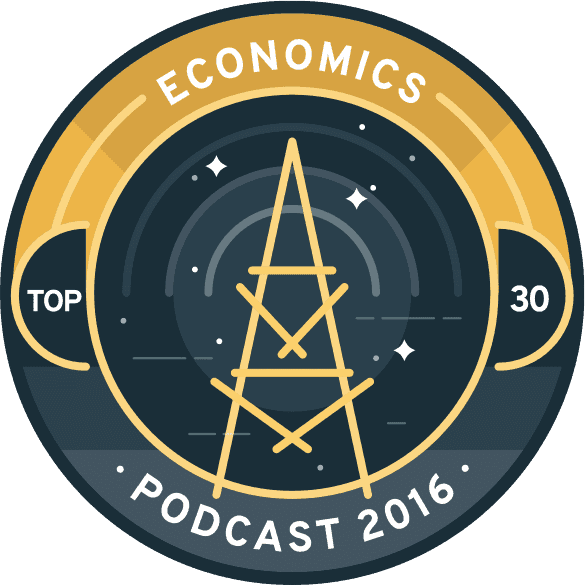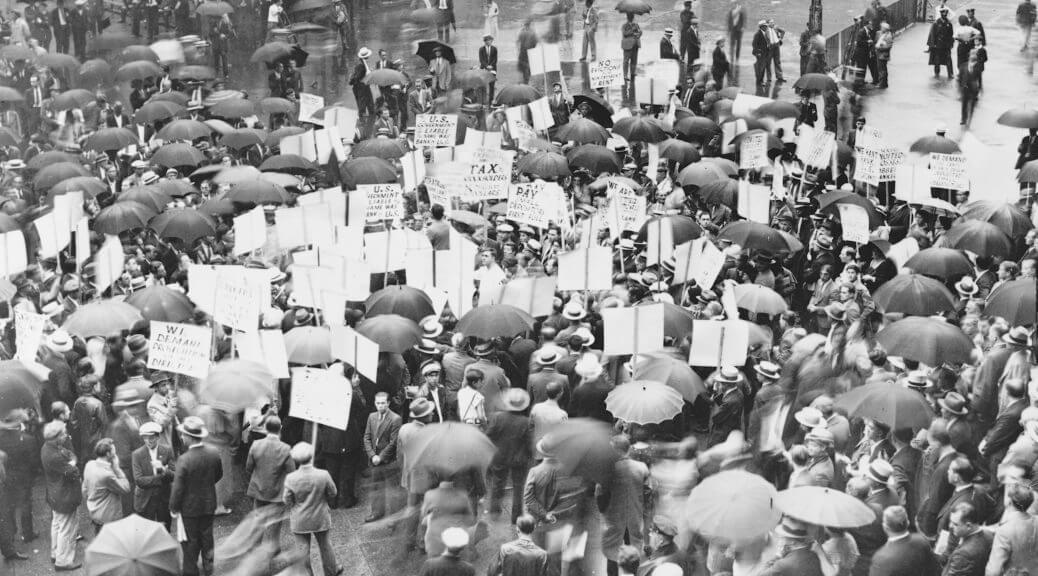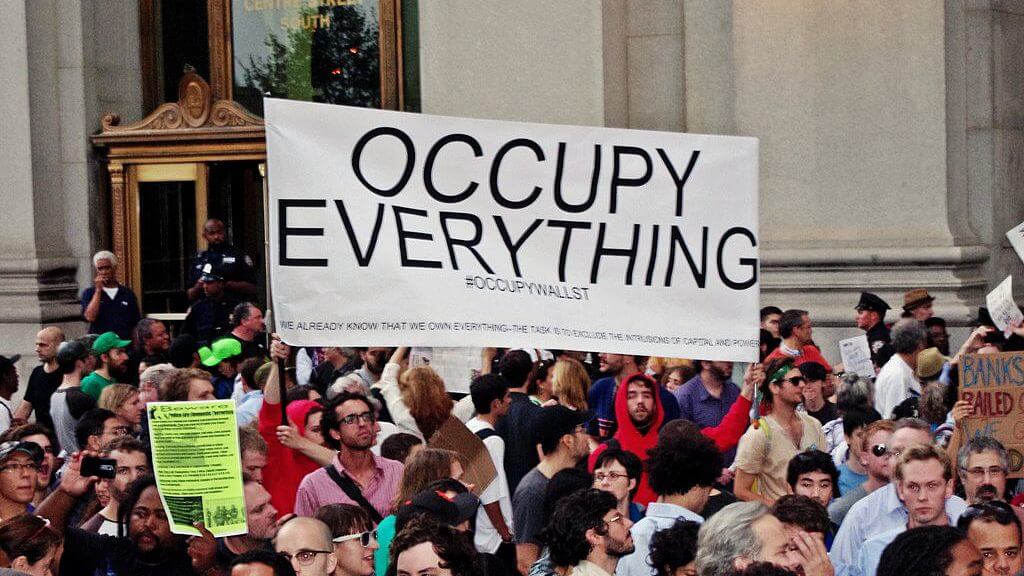Following the success of the EGSS’ first prediction contest, I have organized a second contest! The predictions were made on November 17th, 2016 and will resolve on March 17th, 2017. The three contestants with the lowest Brier scores (average squared errors) will win gift cards! Continue reading Prediction Contest 2: Electric Boogaloo
The Upside of Inequality with Ed Conard
My guest today is Ed Conard, here to discuss his recent book, The Upside of Inequality: How Good Intentions Undermine the Middle Class. He is a visiting scholar at the American Enterprise Institute and a former managing director at Bain Capital.
His 2012 book, Unintended Consequences: Why Everything You’ve Been Told About the Economy Is Wrong was a New York Times bestseller. Because his business partner Mitt Romney was running for President at the time, many people expected the book to be a defense of the one percent. It wasn’t, but this new book is!
We had a wide-ranging discussion that touched on inequality, immigration, entrepreneurship, finance, and housing.
Download this episode.
Subscribe to Economics Detective Radio on iTunes, Android, or Stitcher.
Space Debris, Governance, and the Economics of Space with Alex Salter
What follows is an edited transcript of my interview with Alex Salter about the economics of space. The first half deals primarily with the issue of space debris, while the second half deals with the possibility of private governance in space. There’s something in this episode for everyone to enjoy, so I hope you’ll listen, read, and share it with your friends.
Petersen: My guest today is Alex Salter of Texas Tech University. Alex, welcome to Economics Detective Radio.
Salter: Thanks very much for having me.
Petersen: Our topic today is the economics of space. Alex has written two papers on the subject. The first is entitled, “Space Debris: A Law and Economics Analysis of the Orbital Commons.” The second is, “Ordering the Cosmos: Private Law and Celestial Property Rights.”
So Alex, let’s start by talking about space debris. What is it and why does it matter?
Salter: So space debris is basically junk in space that no longer serves any useful purpose. So as you can imagine, since the first piece of space debris launched up in 1957—which was the rocket body from Sputnik I—a lot of orbits around the Earth, especially low Earth orbit, have become kind of cluttered with space junk. And the reason it gets cluttered is because no one has an incentive to clean it up. Continue reading Space Debris, Governance, and the Economics of Space with Alex Salter
Subscribe to Economics Detective Radio on iTunes, Android, or Stitcher.
Re-thinking the U-Curve of Inequality with Vincent Geloso
What follows is an edited transcript of my conversation with Vincent Geloso.
Petersen: My guest today is Vincent Geloso of the Free Market Institute at Texas Tech University. Vincent, welcome to Economics Detective Radio.
Geloso: It’s a pleasure to be here.
Petersen: So the paper we’ll be discussing today is titled “A U-curve of Inequality? Measuring Inequality in the Interwar Period” which Vincent has co-authored with John Moore and Phillips Schlosser. The paper casts doubt on the claim from, most notably, Thomas Piketty and others that inequality fell from the 1920s to the 1960s and rose thereafter. So, Vincent let’s start by discussing the inequality literature prior to this paper. What is this U-curve and where did it come from?
Geloso: The U-curve is probably the most important stylized fact we have now in the debate over inequality and the idea is that, if you look at the twentieth century, there’s a high point of inequality in the 1910s, 1920s and then from the 1930s onwards up to 1970s, it falls dramatically to very low levels and re-increases thereafter, returning to 1920s-like levels of inequality. So the U-curve is the story of inequality in the twentieth century. It’s mostly a U.S. story because for other countries it looks less like the U-curve than an inverted J. So it’s higher in the 1920s, it still falls like in the U.S. but really increases much more modestly than the United States in places like Sweden, or France, or Canada. But the general story is that there was a high level of inequality at the beginning of the century well up to the mid-second-half of the twentieth century and it re-increased in the latter years and then we have been on a surge since then. Continue reading Re-thinking the U-Curve of Inequality with Vincent Geloso
Subscribe to Economics Detective Radio on iTunes, Android, or Stitcher.
Identity is the Mind-Killer
There’s a joke among anarchists: “What’s the difference between a minarchist and an anarchist? Six months!”
For context, a minarchist is someone who believes in a minimal state. The joke is commenting on the large number of people who discover libertarian philosophy and end up gradually becoming more extreme in their views until they conclude that the state should not exist.
This is part if a broader pattern that affects other ideologies as well. Have you noticed that self-professed socialists tend to be left-wing activists? And that left-wing activists are much more likely to identify as socialists than, say, politically inactive non-voters?
In fact, the connection between extreme views and political engagement is so strong, we often don’t bother to distinguish between the two. The word “extremist” is used interchangeably to describe people with extreme viewpoints and people who take extreme action for their views. But there’s no reason why someone with moderate political views can’t be marching in the streets, circulating petitions, joining activist circles, burning down buildings, and the like, all in the name of moderation. There’s also no reason someone can’t have extreme views while not engaging much with political or social activism. And yet, extreme views tend to go hand in hand with activism. To borrow Jason Brennan’s terms, you have the Hobbits, who have low political engagement and moderate views, and the Hooligans, who have high political engagement and relatively extreme views.
Why is this so? And how come the difference between a minarchist and an anarchist is six months? Continue reading Identity is the Mind-Killer
How Land Use Restrictions Make Housing Unaffordable with Emily Hamilton
What follows is an edited transcript of my conversation with Emily Hamilton about land use regulations’ effects on affordable housing.
Petersen: My guest today is Emily Hamilton. She is a researcher at the Mercatus Center at George Mason University. Emily, thanks for being on Economics Detective Radio.
Hamilton: Thanks a lot for having me.
Petersen: So, Emily recently wrote a paper titled “How Land Use Regulation Undermines Affordable Housing” along with her co-author Sanford Ikeda. The paper is a review of many studies looking at land use restrictions and it identifies four of the most common types of land use restrictions. Those are: minimum lots sizes, minimum parking requirements, inclusionary zoning, and urban growth boundaries. So Emily, could you tell us what each of those restrictions entail?
Hamilton: Sure. So, starting off with the first, minimum lots sizes. This is probably what people most commonly associate with zoning. It’s the type of Euclidian zoning that separates residential areas from businesses and then within residential areas limits the number of units that can be on any certain size of land. And this is the most common tool that makes up what is sometimes referred to as Snob Zoning, where residents lobby for larger minimum lots sizes and larger house sizes to ensure that their neighbors are people who can afford only that minimum size of housing. Continue reading How Land Use Restrictions Make Housing Unaffordable with Emily Hamilton
Subscribe to Economics Detective Radio on iTunes, Android, or Stitcher.
Writing and Thinking Less Badly with Mike Munger
In this episode, I discuss the process of writing and being successful with Mike Munger. What follows is an edited transcript of our conversation.
Petersen: My guest today is Mike Munger of Duke University. Mike, welcome to Economics Detective Radio!
Munger: It’s a pleasure to be on your show!
Petersen: So first I stole EconTalk’s format and now I have stolen Mike Munger as well, so if Russ Roberts sends me a cease and desist letter, I’ll completely understand why.
Munger: Russ and I have an open relationship. We both date other people.
Petersen: Oh good, good. I have many jokes I could make about that, but I won’t!
Munger: Thank you for not.
Petersen: So, our topic today is going to be writing and thinking. Let’s say that because, as we’ll go through, the two are intimately related. So Mike wrote a piece titled “Ten Tips on How to Write Less Badly.” Now you may be thinking to yourself, “Hey I thought this was an economics podcast! What does writing have to do with economics?” Continue reading Writing and Thinking Less Badly with Mike Munger
Subscribe to Economics Detective Radio on iTunes, Android, or Stitcher.
A Podcasting Revolution: Cast, Ringr, and Zencastr
[2020 update: Scroll to the end for a discussion of new technology for video podcasting!]
Just three months ago, I wrote my podcasting gear guide to let potential podcasters know about my setup and the equipment I recommend. That guide represents the gold standard in podcasting that existed when I was starting out in 2014.
To recap, I recommended using a digital audio recorder like the Zoom H4n or the TASCAM DR-40 to record yourself and your guest onto two separate tracks, with the guest connecting through Skype and being plugged into the second track via a 1/4″ to 1/8″ adapter cable.
Here are the things a podcaster must have in a recording setup:
- Reliability. Your recording should not sporadically stop working 40 minutes in to your interview with a Nobel laureate.
- Multi-track recording. Each speaker must be recorded onto his own separate track to make it possible to edit them each separately.
- Clear audio, free of unnecessary noise.
Continue reading A Podcasting Revolution: Cast, Ringr, and Zencastr
New York Urbanism with Stephen Smith
Today’s guest is Stephen Smith, he is an analyst for a New York real estate firm.
Stephen did some research showing that at least 40 percent of the buildings in Manhattan could not be built under today’s zoning regulations. In fact, the number is probably significantly higher. Classic landmarks like the Empire State Building, with its floor-area ratio of 30, wouldn’t fly today. Continue reading New York Urbanism with Stephen Smith
Subscribe to Economics Detective Radio on iTunes, Android, or Stitcher.
Economics Detective Radio Named One of the Top 25 Economics Podcasts of 2016

I look forward to making the show even better in 2017, so stay tuned!
If you haven’t subscribed to the show, be sure to do so. You can do it through the built-in Podcasts app on your iOS device, or through any podcasting app on Android (Player FM is free and good).










